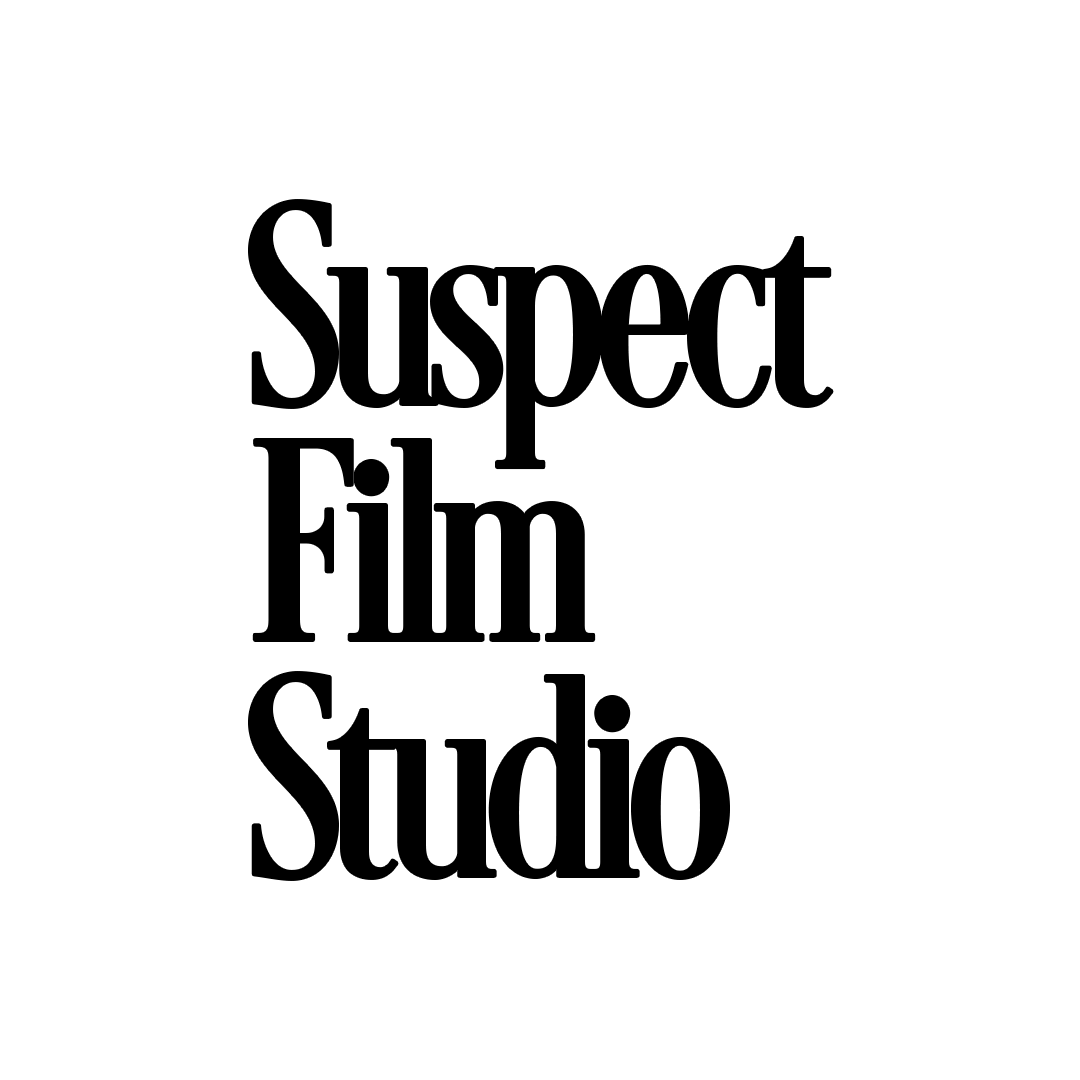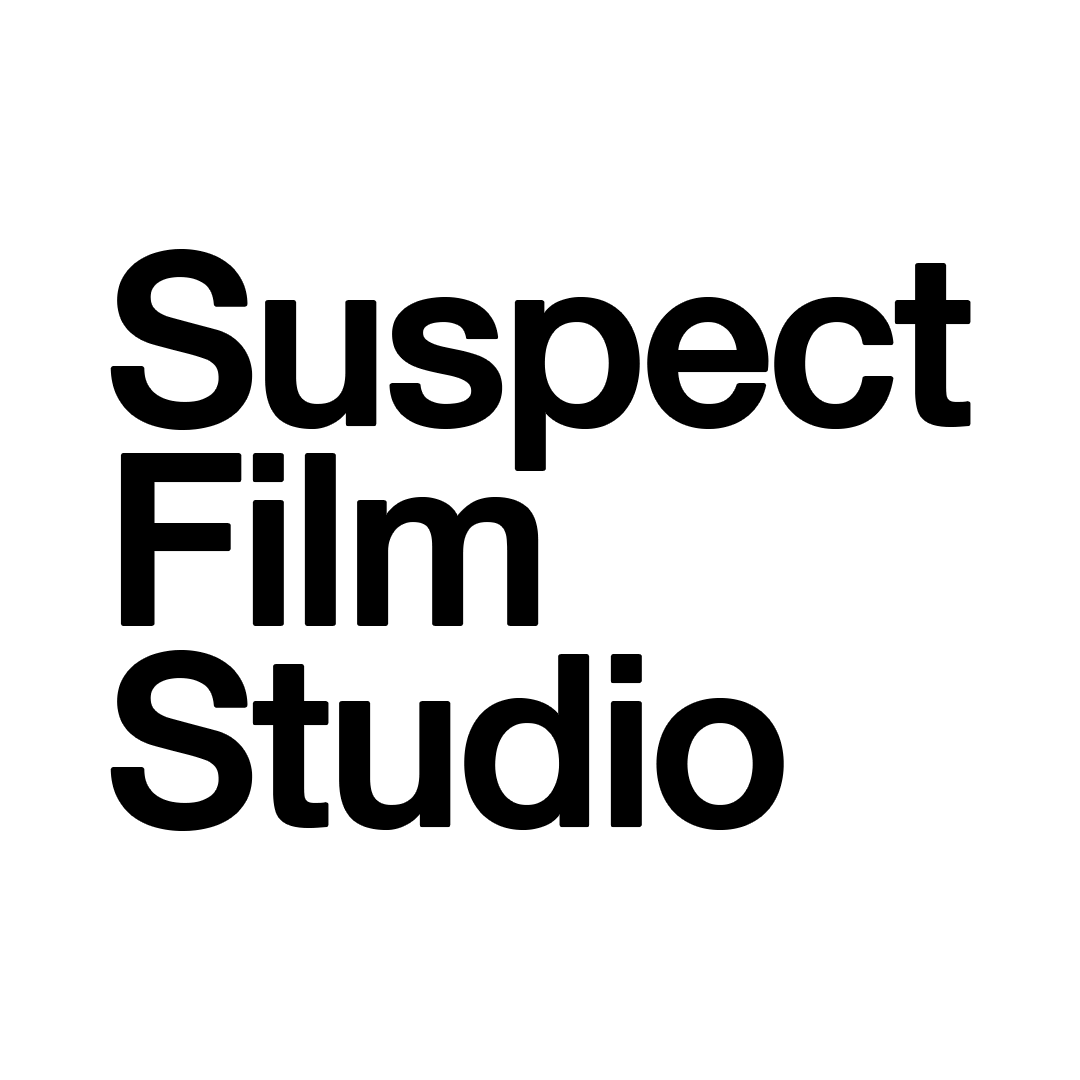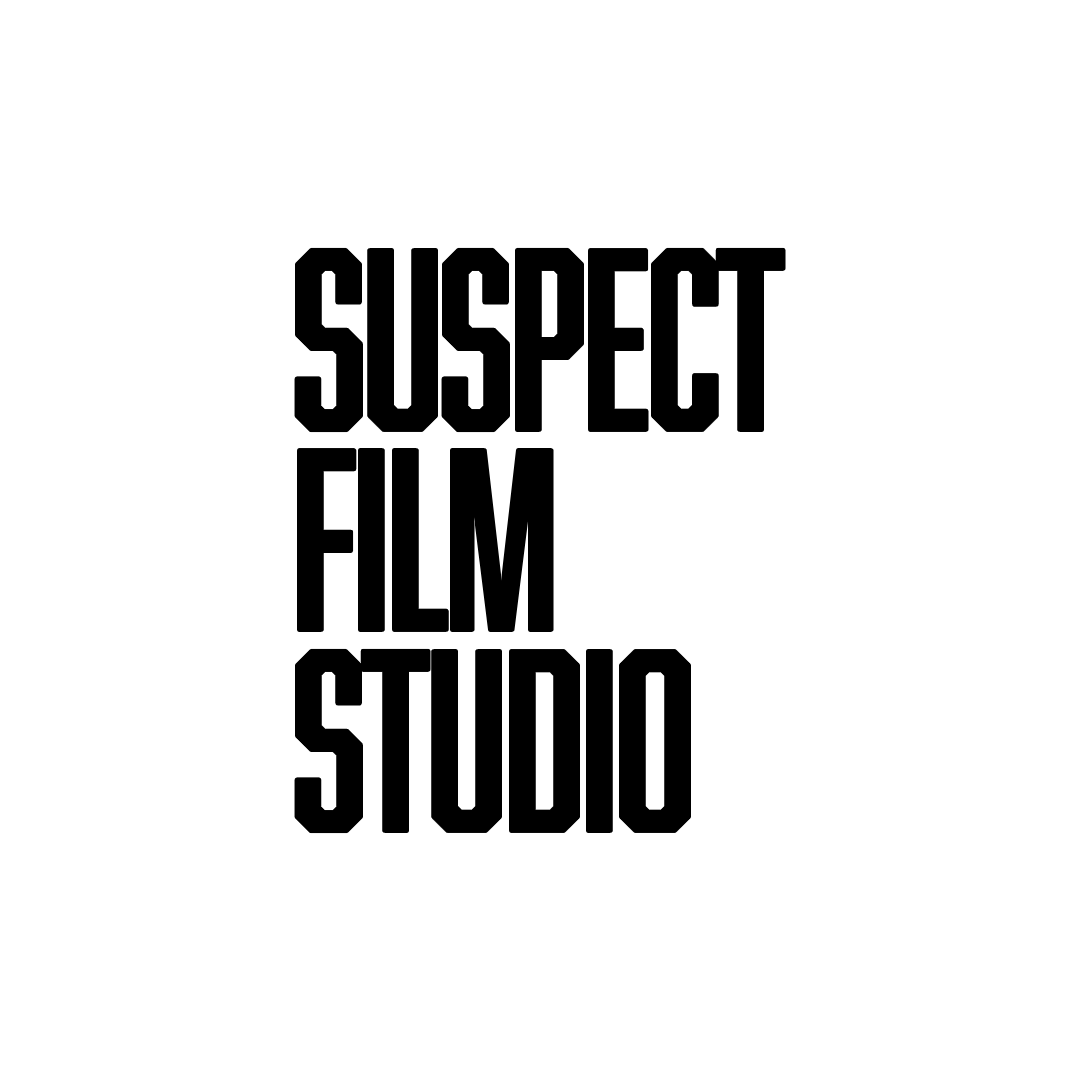5 ESSENTIAL TIPS FOR SHOOTING FILM
1. LEARN THE EXPOSURE TRIANGLE
If you have never held a camera or don’t know much about photography, the exposure triangle is simply the maths behind capturing a well lit image. Here is an image for reference.
Aperture, ISO and shutter speed are the heart of all photography.
EXPOSURE TRIANGLE EXAMPLE ^^
Aperture
The opening in the lens which determines how much light gets INTO the camera. It also influences the ‘depth of field’ or ‘focus’ of the lens.
It is like the pupil of your eye that widens and shrinks according to the amount of light.
Low light = Low aperture number eg. F2.8 – Bright light = High aperture number eg. F22.
ISO
The sensitivity to light of the film or the sensor. This is essentially ‘fake’ light.
Film always comes with a set ISO number while digital cameras can often change theirs
Low light = High ISO number eg. 1600 – Bright light = Low ISO number eg. 400.
Shutter Speed
The speed that your camera takes an image. Measured by fractions of a second and the higher the number the faster the photo.
Slow image = Low number eg. ¼ which is 1 quarter of a second – Fast image = High number eg. 1/1000 which is 1 one thousandth of a second.
These 3 points make the exposure triangle and will all affect how your images turn out.
Learn what these are and how they work and you will be a great photographer in no time.
2. USE MANUAL MODE
Using manual mode teaches you how to use your camera well and if you change/try new cameras as often as I do, this will help you greatly!
Manual mode means that you must set each part in the making of an image to how you think it will be best. You change the shutter speed, the aperture and (on digital) the ISO.
Manual focus is incredibly useful in understanding it’s importance in that, you can often save an images brightness or contrast with a little editing after scanning but you can’t change focus.
Each camera comes with a little bit of a personality and it’s important to get use to/get to know your cameras. Some might have a slight light leak on the right edge of the film that adds a stunning effect to your images. Another might have a slightly fast/slow shutter at a certain speed. The best and quickest way to understand your camera/film is by using manual mode!
3. USE DIFFERENT FILM STOCKS
Often on film discussion or tips I see ‘USE ONE FILM STOCK FOR A YEAR!’ or ‘AT THE START OF YOUR JOURNEY, ONLY USE ONE FILM STOCK!’ but I disagree. Using a variety of film stocks helps you understand how different films respond to different situations. I LOVE trying new films out and seeing if they look cool TO ME. Trying new films adds a sense of the unknown into your film photography which makes you think more about composition and exposure.
To be honest, you will be hard pressed these days to find a film stock that ‘messes up’ or ‘isn’t right’ so if you have the right exposure settings on your camera, the image will look great!
Photography is subjective so if you don’t like a film you used, don’t use it again. It doesn’t matter how popular the film is, if you don’t like it, don’t use it.
When I started, I got about 6 rolls of different film and tried them all! I absolutely loved Kodak (Colorplus 200, Portra 400) and Ilford (HP5+400) and so I got more of those films. If I hadn’t tried the variety I did, I wouldn’t have known which ones to buy again!
4. GET INSPIRED
The only thing worse than being inspired but not creating images is creating images and not being inspired! Get inspired the best way you know how! Go for a walk through a forest or on the beach. Drive through your city and appreciate the architecture. DO THINGS, GO PLACES, HANG OUT WITH SOMEONE THAT INSPIRE YOU!
Inspiration is key when you are shooting film, simply because I believe you see more images and create BETTER images when you are inspired. I say INSPIRED because excitement can PUSH you forward but inspiration will PULL you towards creating great images.
Personally, one of the easiest ways to LOSE inspiration is to go on Instagram. There are some amazing images on there that incredible photographers have taken, but it is so easy to compare my photography to theirs, my followers to theirs, my likes to theirs and next thing you know, I don’t want to take photos anymore. STICK IN YOUR LANE. Take photos you like and be inspired!
5. HAVE FUN
Taking photos is far more enjoyable when you are having fun. Not just taking it because it’s a ‘banger’. Some of my all time favourite images - Instagram, my website, my portfolio, customers etc. will never see simply because they are ones of my wife/family/friends. They are my favourites not because it’s a good image (often it’s a horrible image ‘photographically’) but because they are meaningful to me.
Having fun when your taking photos means that when you look back the images, you will remember the time you had and smile. If you are annoyed or stressed when you took them, the same thing will happen when you look back at the images.
RELAX. Take a breather, you don’t have to get bangers on every image! Shoot what you want, when you want! I used to take some photos because of what I saw was ‘trending’ or was popular at the time but now, they are horrid images with no value. Shoot images you like simply because you like them! The goal is to capture life though YOUR lens, not the ‘for Instagram’ lens!
From a ‘Photography’ point of view, this image is horrible. Grainy, out of focus, dusty etc. To me - One of the best images I’ve ever taken!









